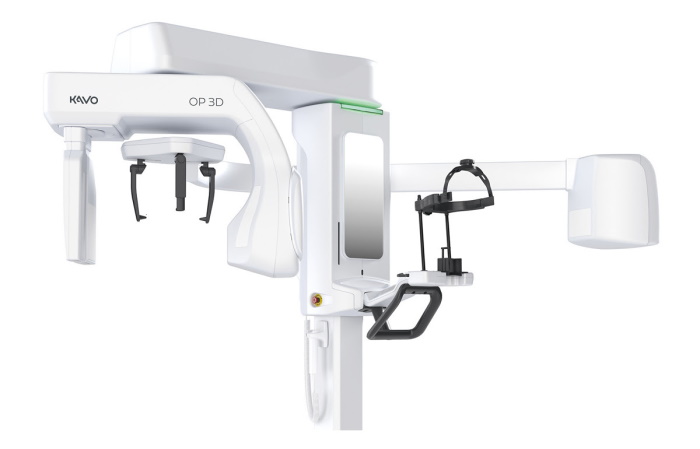KaVo CBCT Machine

The KaVo CBCT scanners, such as the KaVo ProXam 3DQ and KaVo OP 3D Pro, offer high-quality images with lower radiation doses compared to conventional CT scanners. The Ultra Low Dose imaging protocol in the KaVo ProXam 3D units provides DVT images with reduced radiation compared to 2D imaging. Similarly, the KaVo OP 3D Pro CBCT machine uses the same radiation dose as a traditional panoramic scan. While CBCT scans can deliver detailed diagnostic information quickly, it is important to note that scattered radiation doses during CBCT scans can vary and may exceed certain levels, such as 8 mGy to the eye lens and thyroid.
At Laguna Dental Center, we use KaVo CBCT mahcine to provide accurate and detailed imaging for a range of dental procedures such as implants, orthodontics, oral surgery, and restorative dentistry.
What is Cone Beam CT (CBCT)?
Cone Beam Computed Tomography (CBCT) offers a comprehensive diagnostic solution for medical imaging across various specialties, including implant dentistry, otolaryngology, orthopedics, and interventional radiology. CBCT employs a cone-shaped X-ray beam that creates 3-D images of the patient’s bones, soft tissues, and dental work. This technique delivers detailed information about the patient’s anatomy while reducing radiation exposure compared to conventional CT scanners. CBCT plays a vital role in ensuring precise implant placement, avoiding nerve damage, and optimizing implant orientation and size selection. Its application extends beyond dental implants, providing insights into sinuses, airways, and bone structures relevant to ear, nose, and throat disorders, as well as orthopedic and interventional radiological procedures.
CBCT in Dental Implantology?
Cone Beam Computed Tomography (CBCT) technology has significantly enhanced the precision and efficiency of implant planning and placement. CBCT imaging provides detailed 3D views of the jaws, teeth, and surrounding structures, enabling dentists and oral surgeons to meticulously plan and execute dental implant procedures with heightened accuracy and confidence. The benefits of CBCT imaging in dental implants are manifold:
- Improved Accuracy: CBCT allows for precise visualization of critical structures like nerves and sinuses, facilitating accurate implant placement and reducing the risk of complications.
- Enhanced Treatment Planning: By offering a comprehensive evaluation of jawbone and surrounding tissues, CBCT aids in determining the optimal positioning and orientation of dental implants for better fit and function.
- Reduced Surgical Time: The detailed 3D images provided by CBCT eliminate the need for multiple x-rays and physical impressions, streamlining the surgical process and enhancing efficiency.
- Better Patient Outcomes: With enhanced accuracy in planning and placement, patients can expect more predictable and successful outcomes from their dental implant procedures, leading to improved oral health, function, and aesthetics.
CBCT technology has truly revolutionized the field of dental implants by offering superior accuracy, streamlined treatment planning, reduced surgical time, and ultimately better outcomes for patients undergoing implant procedures.

